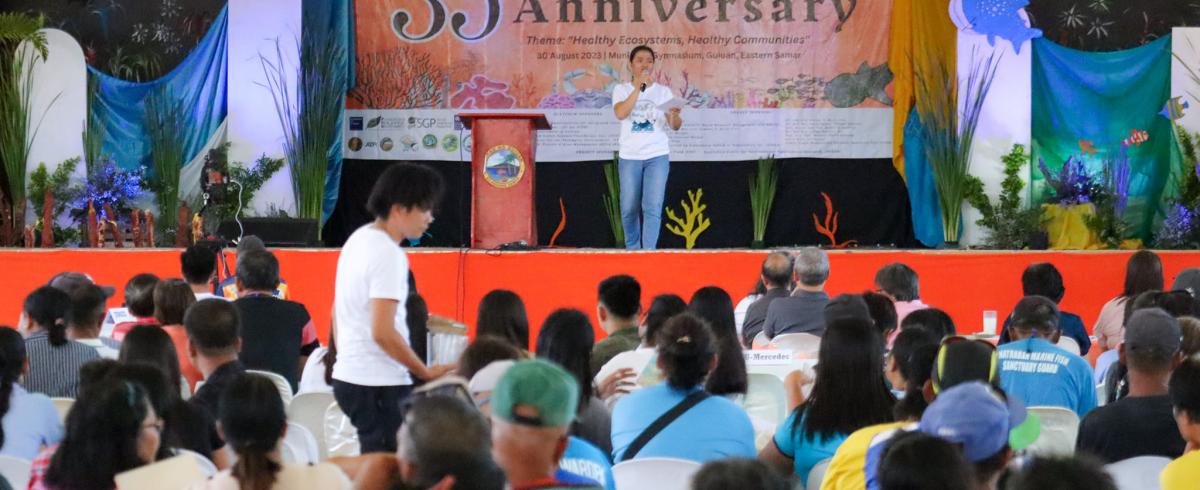
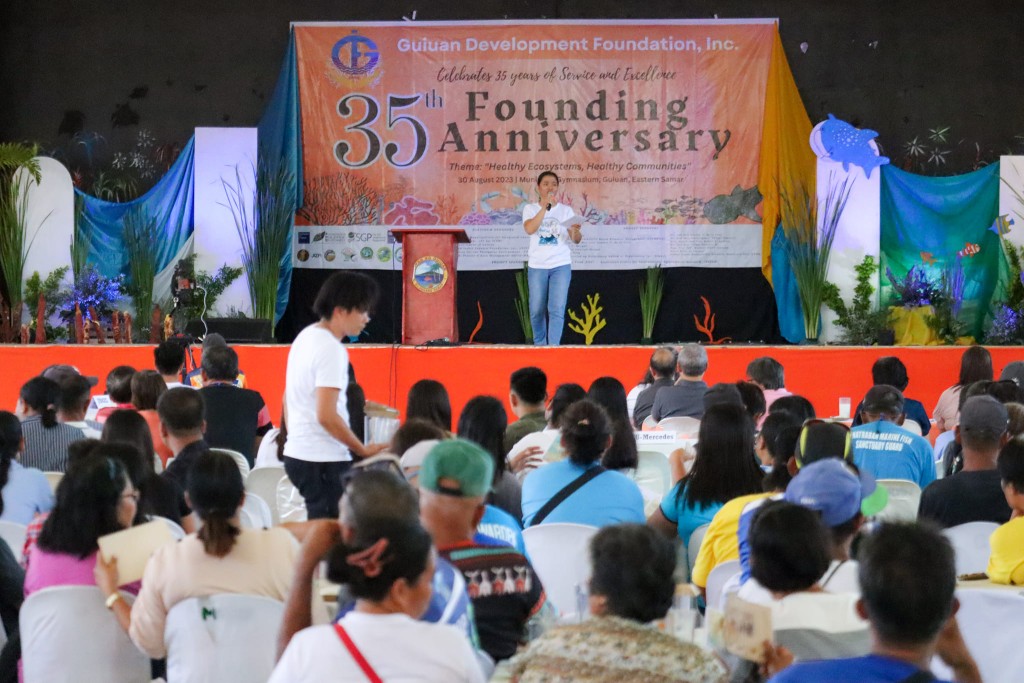
In 1987, Margarita de la Cruz had a vision for the Eastern Samar region of the Philippines: empowered, sustainable, resilient communities. This vision inspired her to found the Guiuan Development Foundation Inc (GDFI)., a non-stock non-profit organization based in Eastern Samar that commits to protect and conserve biodiversity and natural resources for sustainable development. On August 30, GDFI celebrated 35 years of community development, conservation, and climate resilience work. To celebrate, GDFI hosted many community activities, including the Youth Mobile Filmmaking Contest and A7 Youth for the Sea Summit. Racelle “Ras” Rescordado, a researcher and community facilitator at GDFI, sat down with the SSF Hub to reflect on the past 35 years and discuss the organization’s future.
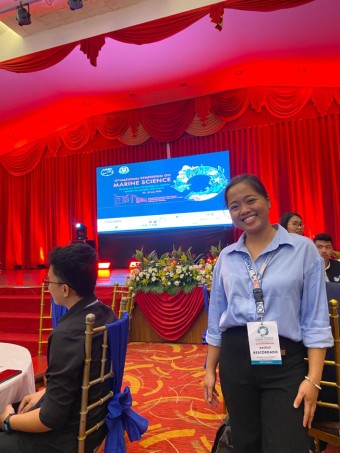
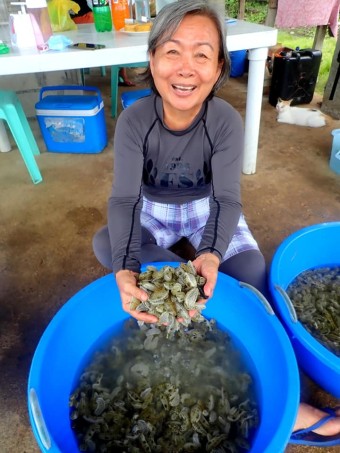
“We’re a really small team,” says Ras as she shows a picture of GDFI. But the organization’s impact and programs are anything but small. Building on the power of community participation and partnerships, GDFI has implemented and supported multiple programs that center around three goals: fostering climate resilient communities, institutionalizing governance systems for sustainability, and consolidating programs to promote gender equality and conservation.
GDFI’s commitment to these goals can be demonstrated through their community-based conservation and resource management projects. In 2013, GDFI launched the Sandfish Project, a community-based sandfish (sea cucumber) sea ranching initiative that aims to restock wild populations of Holothuria scabra in two municipalities of Eastern Samar. Additionally, GDFI is working on a Giant Clam Seeding Project that aims to restock wild populations of Tridacna derasa. Both species were once abundant in the region and harvested for food and shells, but populations have declined due to overharvesting and other threats. These projects not only restock populations of species that support small-scale fisheries, but allow community members to learn about resource management and monitoring, provide alternative incomes, and strengthen ecosystems. Ras is amazed at how the projects have influenced people’s attitude towards harvesting the sandfish and giant clams.
“They don't want to harvest just for the sake of harvesting because they just want to make sure that they proliferate.”
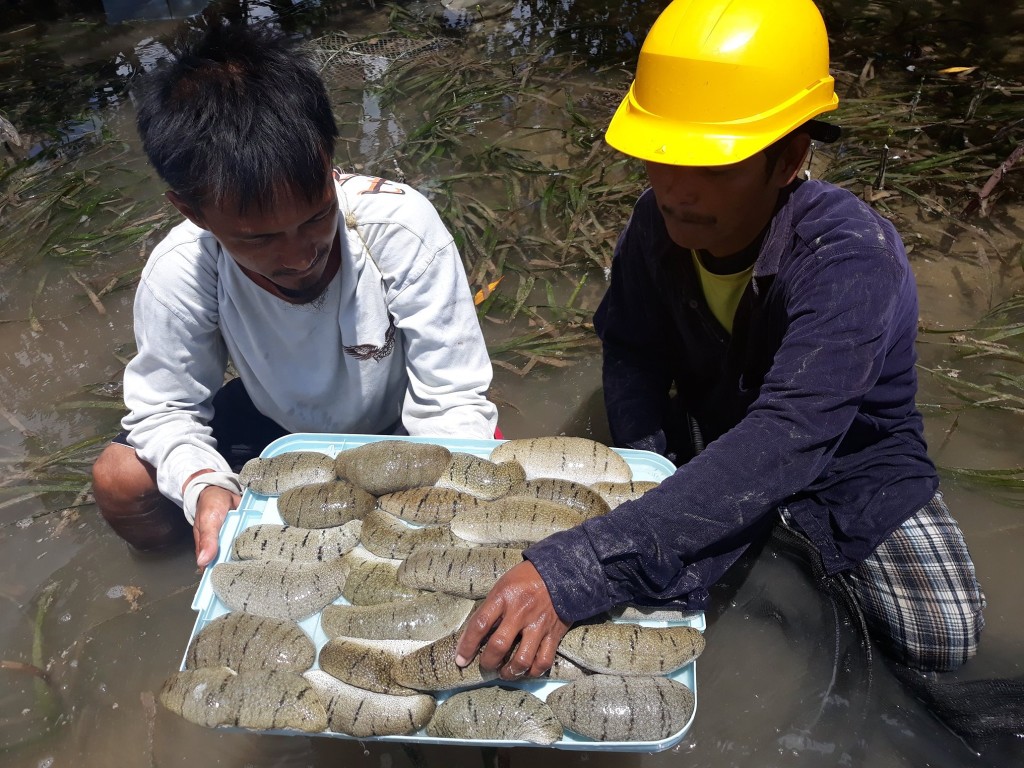
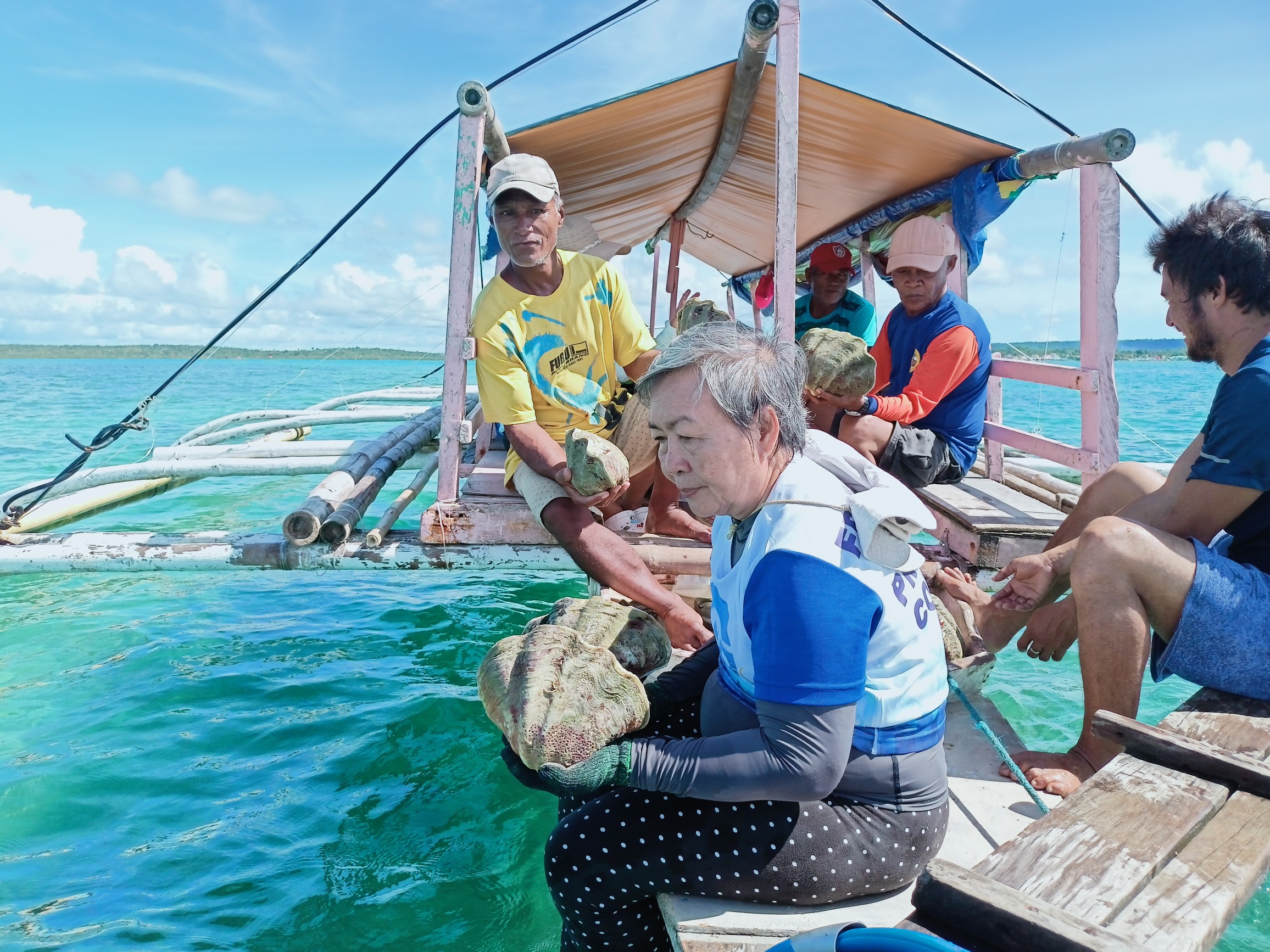
In addition to conservation programming, GDFI has created programs and opportunities for women and youth. For example, GDFI’s Women’s Livelihood Group is a group of women from Maliwaliw, a province in Eastern Samar, who are working towards financial independence by participating in various economic activities. Activities like fish processing, breadmaking, and basket weaving provide additional incomes, promoting women’s empowerment. For the youth of the region, there are opportunities to participate in filmmaking projects, research and monitoring initiatives, and environmental education events. As part of the anniversary celebration, GDFI hosted the A7 Youth for Sea Camp where youth from seven municipalities were able to deepen their understanding of marine ecosystems and environmental stewardship. The camp was a major success, with many young people showing passion for environmental responsibility.
“I think the emphasis of including young people and women should always be there,” says Ras as she discusses the importance of women and youth in conservation and small-scale fishing communities.
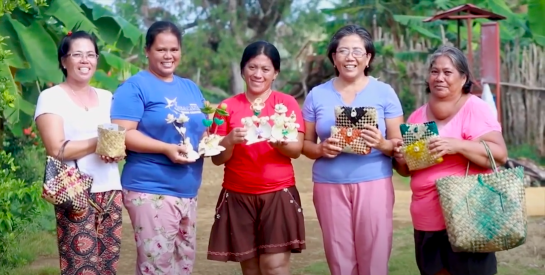
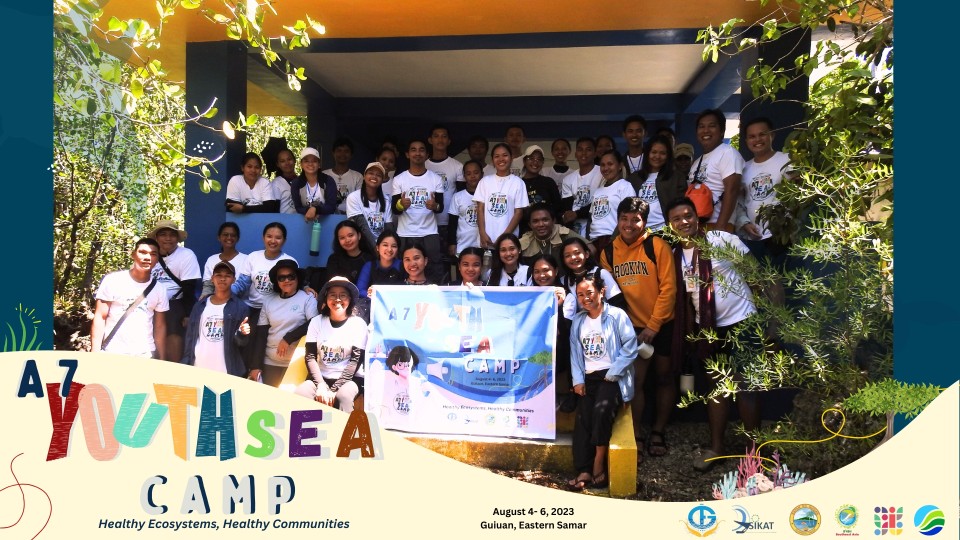
As an organization serving coastal communities that are on the frontlines of climate change, GDFI has a strong emphasis on climate resilience and disaster preparedness programming. In 2013, Super Typhoon Haiyan (Typhoon Yolanda) hit the Philippines, destroying 1 million homes, displacing 600,000 people, and taking 6,000 lives. Partnering with Give2Asia, GDFI created a program for sustainable disaster preparedness. This programming included providing additional livelihoods to fishers and fishworkers – such as beekeeping and mud crab ranching – and strengthening ecosystem resilience through conservation. One of the greatest accomplishments of this programming was the relocation of 48 coastal families into inland areas. By moving more inland and having additional incomes, these families are more buffered from the impacts of potential typhoons, tsunamis, storms, and rising tides – all of which are exacerbated by climate change.
Ras reveals that the creation and impact of such programs does not just come from the team but from community participation and partnerships with different stakeholders. “We started community organizing way, way back,” says Ras. “And the organizations that we're partnering with are the same people's organization that we organized years ago.” Community stakeholders are helping lead and shape GDFI’s programs. Community members are not just consulted and aware of local issues, but passionate and committed to implementing solutions. Such passion is what Ras believes is important for GDFI to achieve their vision of sustainable, resilient communities.
GDFI Executive Director Margarita de la Cruz’s overarching vision is to build communities that are so self-sustaining and resilient that the organization is no longer needed.
“She said an NGO is an entity that should not be there forever. Why? Because she said, if you're always there that means you still see the need to continue. That means there's still a problem. So that's her dream. She wants to see her communities that she's been working with sustainable.”
For now though, GDFI plans to continue scaling up their programming and implementing new projects. The organization hopes to continue programs like the Sandfish and Giant Clams Seeding Projects, potentially deploying the projects in more municipalities. Additionally, GDFI hopes to continue providing opportunities for youth to participate in filmmaking, conservation, and environmental research. One new initiative that GDFI is excited about is launching the first fisheries management plan for the Philippines by piloting it with the Alliance of Seven Municipalities for Integrated Coastal Zone Management. As Ras describes this upcoming project and the future of GDFI, it’s clear she is very passionate about the work and impact.
“I really believe in the things, the impact, that our organization does.”
Looking back at the past 35 years, the impact of GDFI’s work is immeasurable. For the small-scale fishing communities of Eastern Samar, GDFI is doing more than marine conservation and fisheries management; they’re implementing programs and institutionalizing governance systems that ensure sustainable, resilient livelihoods for fishers, fishworkers, and their families. They are paving the way for more community agency and participation in building self-sustaining, resilient coastal and upland communities.
To learn more about GDFI and their upcoming projects, you can follow the GDFI Facebook Page, watch the GDFI Youtube Playlist, and read past GDFI highlight stories here.
Story written by Bless Romo, EDF SSF Intern
This article is part of the SSF Highlights series of articles published regularly to the SSF Hub. To read previous SSF Highlights, follow this link.
~
